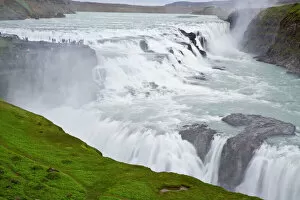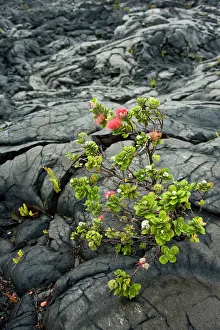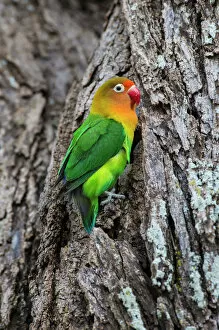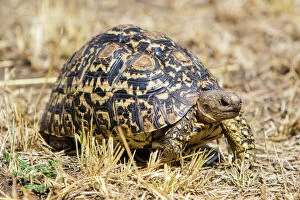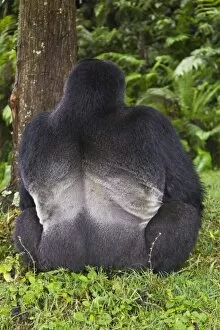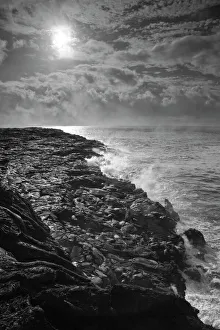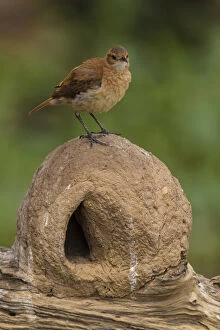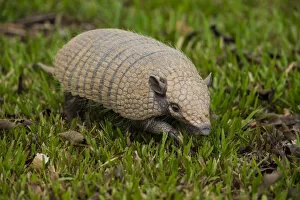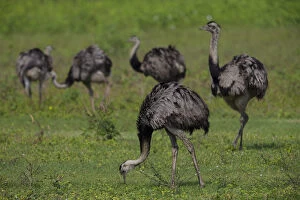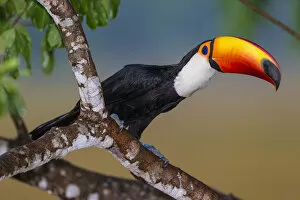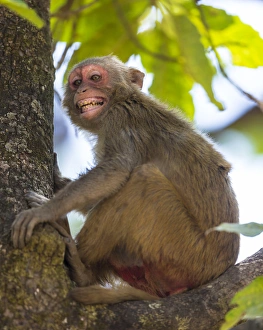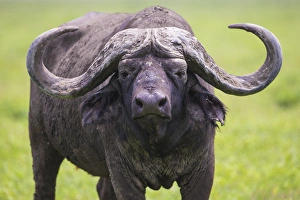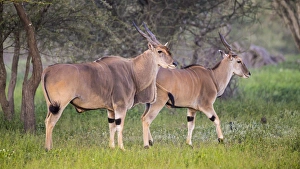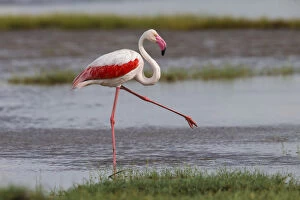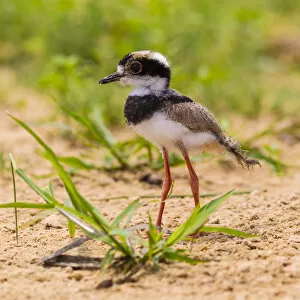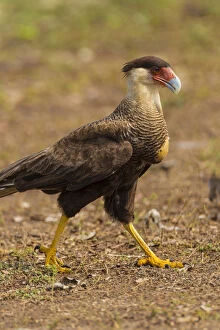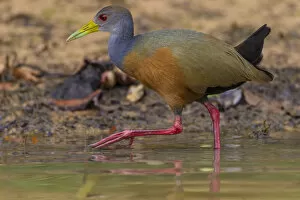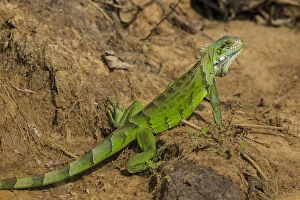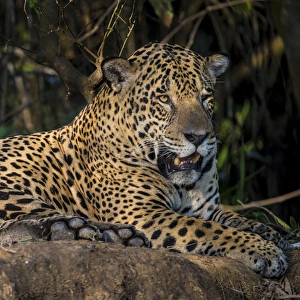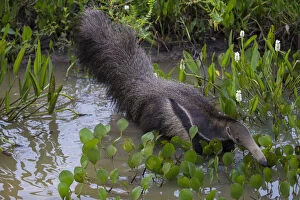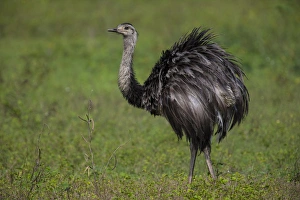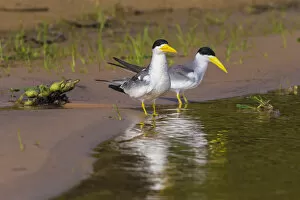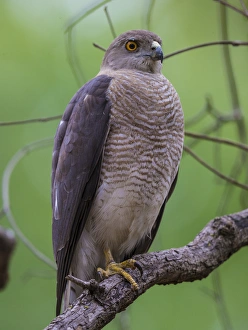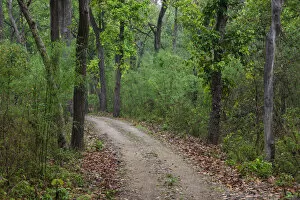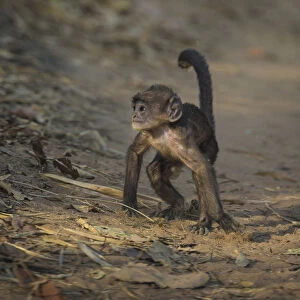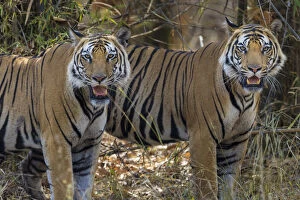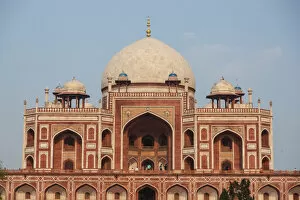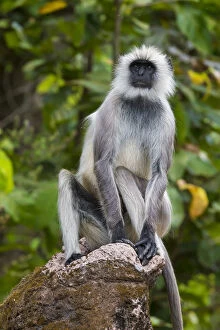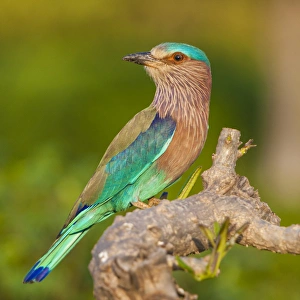Ralph H Bendjebar Collection
"Ralph H Bendjebar
All Professionally Made to Order for Quick Shipping
"Ralph H Bendjebar: Exploring the Wonders of Nature Across Continents" Join Ralph H Bendjebar on a captivating journey through some of the most breathtaking landscapes and diverse wildlife habitats around the world. From Africa's stunning Serengeti to Iceland's mesmerizing Gulfoss waterfall, this adventurous soul has witnessed it all. In Tanzania, Ralph encountered African wild dogs, an endangered species that roams freely in the vast wilderness of Serengeti. Their unique social structure and striking coat patterns left him in awe, reminding us of the importance of conservation efforts. The beauty continued as he stumbled upon a leopard tortoise gracefully crossing his path in Serengeti National Park. Its intricate shell and slow movements showcased nature's remarkable craftsmanship. Venturing across continents, Ralph found himself amidst Hawaii's enchanting Ohia Lehua trees. These early colonizers painted vibrant hues across the landscape, symbolizing resilience and new beginnings. Back in Africa, Fischers lovebird caught his attention with its vibrant plumage while exploring Serengeti NP. This small parrot reminded him of the incredible avian diversity found throughout this continent. From there, Ralph embarked on an unforgettable expedition to Rwanda where he immersed himself in its rich culture and natural wonders yet to be discovered by many travelers. In Ecuador's Quito city, he marveled at La Compania de Jesus church's grandeur from within - a testament to human architectural brilliance spanning centuries. Further south in South Africa's Drakensberg Royal Natal NP, rock paintings created by San bushmen told stories etched into time itself. The connection between humans and their environment became evident through these ancient artworks. Returning to Hawaii’s Big Island once more brought Ralph face-to-face with molten lava flowing into the ocean at sunrise – a truly awe-inspiring sight that reminded him of Earth’s raw power and constant transformation. Africa called again when Kenya beckoned with its vast savannahs and majestic wildlife.


